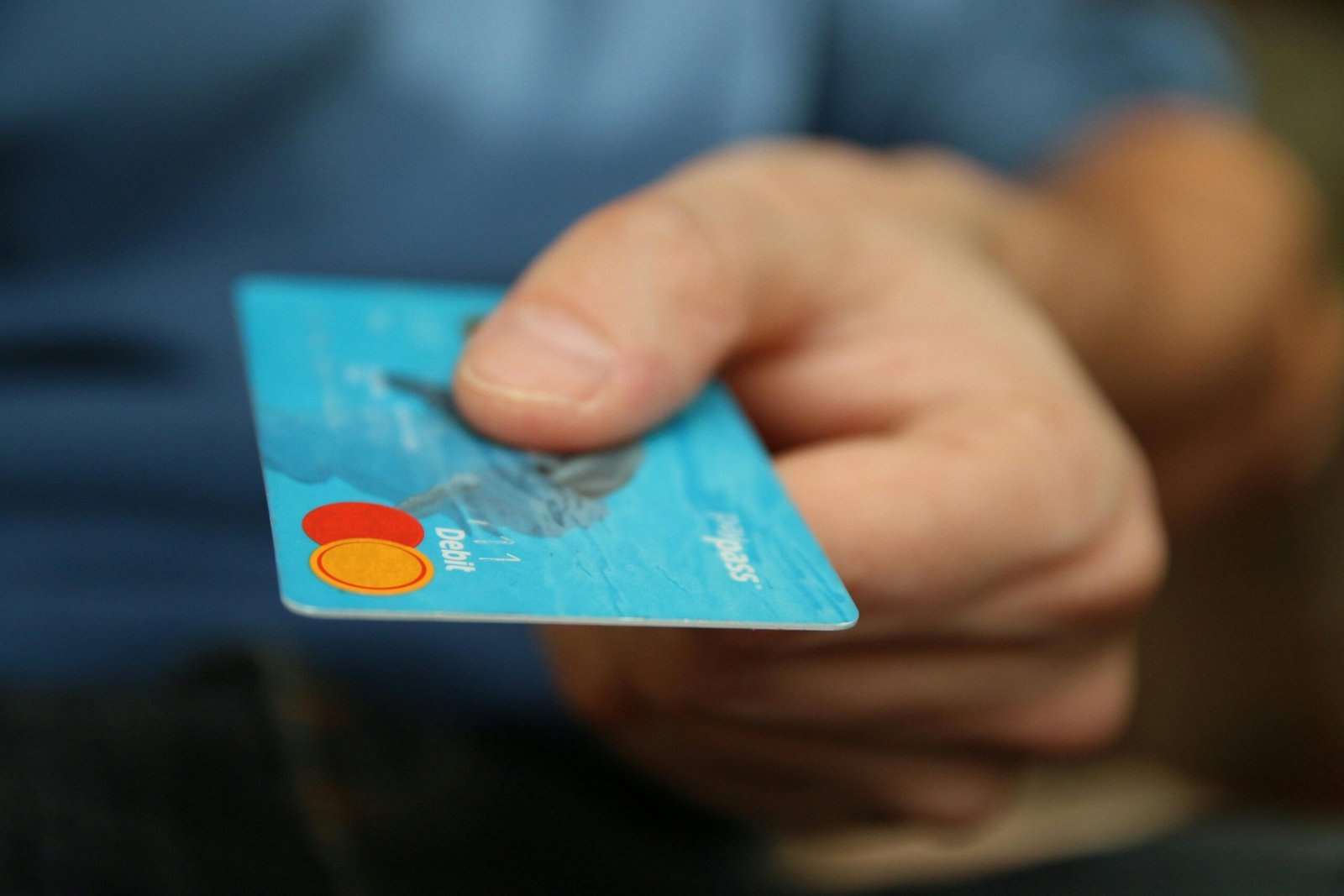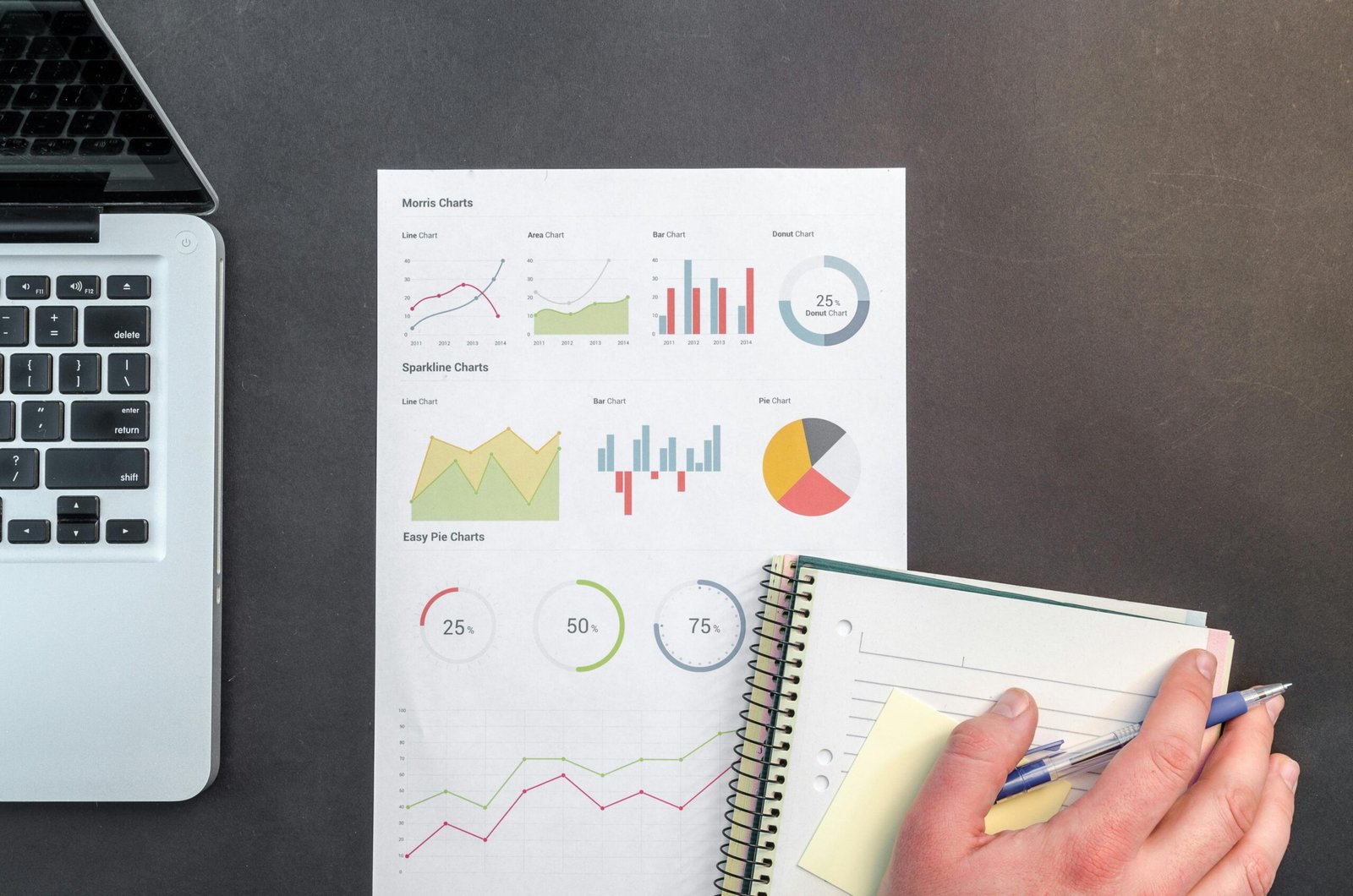Paying off debt can often feel like an overwhelming task, especially when it seems like the balance keeps growing or the interest feels unmanageable. However, with the right strategies, you can take control of your financial situation and pay off your loans faster. In this guide, we’ll explore several effective debt repayment strategies to help you reduce your debt load efficiently and regain financial freedom.
1. Understand Your Debt Situation
Before diving into repayment strategies, it’s essential to fully understand the nature of your debt. This step allows you to create a clear plan for managing and paying it off.
List All Your Debts
Create a comprehensive list of all your debts, including credit cards, student loans, mortgages, personal loans, and car loans. Be sure to include the interest rates, minimum payments, and total balances for each debt. This will give you a clearer picture of your financial obligations.
Prioritize Your Debts
Once you know where you stand, consider the priority of each debt. High-interest debts, such as credit cards, should typically be tackled first, as they accumulate interest faster and can be more expensive over time.
2. Debt Snowball Method: Pay Off Smallest Balances First
The debt snowball method is one of the most popular strategies for paying off debt. It’s designed to build momentum and motivate you as you clear each balance.
How It Works
With the debt snowball method, you focus on paying off your smallest debt first, while making minimum payments on your larger debts. Once the smallest debt is paid off, you move on to the next smallest, and so on. This method gives you quick wins, which can boost your motivation to continue paying off your loans.
Pros of the Debt Snowball Method
- Psychological benefits: The satisfaction of eliminating smaller debts quickly can keep you motivated.
- Builds momentum: As you pay off each debt, you’ll have more money available to tackle larger debts.
Cons of the Debt Snowball Method
- Potentially higher interest costs: This method might not save you the most money in interest because you may be focusing on smaller debts with lower interest rates rather than tackling high-interest debt first.
3. Debt Avalanche Method: Focus on High-Interest Debts
If you want to save the most money in interest, the debt avalanche method is a more financially efficient strategy. It focuses on paying off high-interest debts first.
How It Works
With the debt avalanche method, you prioritize the debt with the highest interest rate. You continue making minimum payments on your other debts while directing extra payments to the highest-interest debt. Once that is paid off, you move on to the next highest-interest debt, and so on.
Pros of the Debt Avalanche Method
- Interest savings: By focusing on high-interest debts first, you can save money in the long run.
- Financial efficiency: This method allows you to pay off your loans faster without losing money to interest accumulation.
Cons of the Debt Avalanche Method
- Slower psychological wins: If your largest debts also have the highest interest rates, you may not see results as quickly as with the debt snowball method, which could lead to frustration.
4. Debt Consolidation: Combine Your Loans into One Payment
Debt consolidation involves combining multiple loans into one, typically with a lower interest rate. This strategy can make your debt easier to manage and help you pay it off more quickly.
How It Works
You take out a consolidation loan to pay off all your existing loans, leaving you with only one monthly payment. This new loan might come with a lower interest rate, especially if you have good credit, which can help reduce the overall amount of interest you pay.
Pros of Debt Consolidation
- Simplified payments: One loan means fewer bills to track and pay.
- Lower interest rates: If you qualify, you could save money on interest and reduce the overall cost of your debt.
Cons of Debt Consolidation
- Potential fees: Consolidation loans may come with fees, which could reduce the financial benefit.
- Risk of accruing more debt: If you don’t adjust your spending habits, consolidating may not prevent you from accumulating more debt in the future.
5. Balance Transfer Credit Cards: Move Debt to a Lower-Interest Card
Balance transfer credit cards are a popular way to save on interest payments. These cards offer 0% introductory interest rates for a period, usually ranging from 12 to 18 months, which can be helpful when trying to pay down debt faster.
How It Works
You transfer your existing credit card debt to a balance transfer card that offers 0% APR for a set period. During this time, you focus on paying down the principal balance without worrying about interest.
Pros of Balance Transfer Cards
- Interest savings: You can pay off your debt faster since no interest is accumulating during the promotional period.
- More control: You’re in charge of how much you pay each month without being bogged down by interest rates.
Cons of Balance Transfer Cards
- Fees: Balance transfers often come with a fee, usually around 3-5% of the transferred amount.
- Limited timeframe: Once the introductory period ends, the interest rate may jump to a higher rate, potentially making the debt more expensive.
6. Increase Your Income to Pay Off Debt Faster
One way to pay off your debt more quickly is to increase your income. This gives you more money to direct toward your loans, helping you reduce your balances faster.
How to Increase Your Income
- Take on a side job: Whether it’s freelancing, tutoring, or driving for a ride-share service, a side job can provide extra income to put toward your debt.
- Sell unused items: Declutter your home and sell things you no longer need. This can provide a quick cash infusion.
- Ask for a raise: If you’re doing well at your job, it’s worth asking for a raise. More income means you can pay off your debt faster.
Pros of Increasing Income
- Faster repayment: Extra income allows you to put more money toward your loans, which can help you pay them off more quickly.
- Flexible options: You can choose how to increase your income based on your skills and interests.
Cons of Increasing Income
- Time commitment: Taking on extra work can be time-consuming and may impact your work-life balance.
- Risk of burnout: Juggling multiple jobs or commitments could lead to fatigue or burnout if not managed properly.
7. Automate Your Debt Payments
One of the best ways to stay on track with your debt repayment plan is to automate your payments. This ensures you never miss a due date, and you’re consistently making progress toward becoming debt-free.
How It Works
Set up automatic payments for each of your loans so that the minimum payments are deducted from your account each month. You can also set up additional payments on top of the minimum to accelerate your repayment process.
Pros of Automating Payments
- Consistency: Automating your payments ensures you’re never late, avoiding late fees and damage to your credit score.
- Saves time: You don’t have to manually track each payment or worry about missing deadlines.
Cons of Automating Payments
- Overdraft risk: If you don’t have enough funds in your account, an automated payment could lead to overdraft fees.
- Less flexibility: Automating payments means you may not always have the flexibility to adjust your payment amount or timing.
8. Consider a Debt Management Plan (DMP)
A Debt Management Plan (DMP) is a formal agreement with a credit counseling agency to repay your debts. These agencies negotiate with your creditors to lower interest rates or waive fees, making it easier to pay off your debt.
How It Works
You work with a credit counselor to create a plan to pay off your debt. The counselor contacts your creditors, and you make one consolidated payment to the agency, which then distributes the payment to your creditors.
Pros of a Debt Management Plan
- Lower interest rates: Many creditors agree to lower your interest rates, helping you pay off your debt faster.
- Simplified payments: You’ll only need to make one payment to the counseling agency, which will handle the rest.
Cons of a Debt Management Plan
- Fees: Credit counseling services may charge fees for their services.
- Impact on credit score: Entering a DMP may impact your credit score, as it involves closing your credit accounts.
9. Stay Committed and Motivated
Staying committed to your debt repayment plan is essential for long-term success. It’s easy to get discouraged, but the key is to stay focused and motivated. Here are a few tips to keep you on track:
Track Your Progress
Keep track of how much debt you’ve paid off and celebrate small victories along the way. Seeing your progress can motivate you to keep going.
Stay Positive
A positive mindset can help you stay focused on your goal. Remind yourself why you’re working so hard to pay off your debt—whether it’s to achieve financial freedom or relieve stress.
10. Conclusion: Take Control of Your Financial Future
Paying off debt may seem daunting, but with the right strategies in place, you can take control of your financial future. Whether you choose the debt snowball method, the debt avalanche method, or a combination of strategies, the important thing is to stay consistent, focused, and patient. Over time, your efforts will pay off, and you’ll be on your way to a debt-free life.
5 Unique FAQs
- Which debt repayment method is the fastest?
The debt avalanche method is typically the fastest because it focuses on paying off high-interest debts first, saving you money on interest in the long run. - Can I consolidate my debts if I have bad credit?
It may be more difficult to get favorable terms with bad credit, but there are options available, such as secured loans or working with a credit counseling agency. - How do I stay motivated to pay off debt?
Track your progress, celebrate small wins, and remind yourself of the benefits of becoming debt-free, like increased financial freedom and less stress. - Is it worth using a balance transfer card to pay off debt?
If you have high-interest credit card debt, using a balance transfer card with 0% APR can help you pay off your balance faster, as long as you can pay it off before the promotional period ends. - What’s the best way to handle debt if I can’t make the minimum payments?
If you’re unable to make minimum payments, contact your creditors to discuss payment options. You can also consider a debt management plan or seek professional credit counseling.




